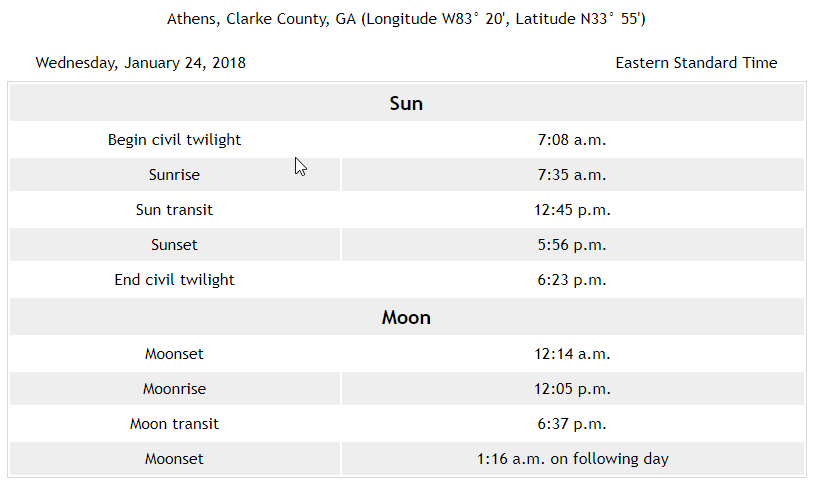Part 107 Regulations, Pilot Requirements (my crib notes from RemotePilot101/Lesson1: Rules and Regulations)
Definitions:
Remote Pilot In Command (PIC) – has the final authority of all sUAS operations; is not necessarily the person controlling the aircraft
Visual Observer (VO) – person acting as a flight crew member to help ‘see and avoid’ air traffic and other objects (must be done with the naked eye, can use seeing aids momentarily; must be in contact without use of technological aides)
Person Manipulating the Controls – person controlling the sUAS under direct supervision of the PIC
sUAS – small unmanned aircraft system
AGL – above ground level
PIC Responsibilities
- Final Authority and responsibility for the operation and safety of the sUAS
- See & Avoid – Remote PIC has the responsibility to remain clear of and yield right-of-way to all other aircraft, manned or unmanned, and avoid other potential hazards that may affect the Remote PIC’s operation
- Responsible For The Crew – must ensure all crewmen are not impaired and of sound mind
- Aircraft Operating Condition – must ensure aircraft is in safe operating condition
- Visual Line of Sight (VLOS) – Remote PIC may have brief moments of lost VLOS as long as a VO has the aircraft in sight
- Yield Right-of-Way – to all other aircraft
- Know The Surroundings – flight path, obstacles, potential hazards
- Airspace – must know and understand where you can and can’t fly, must seek out approval from the controlling agency
- Certificate of Waiver – if determined flight area is prohibited, PIC must seek out waiver (for night flight, flight over people, commercial delivery operation from a moving vehicle, …)
Required Documentation (can be electronically stored)
- FAA Required Docs – pilot cert, waiver info, proof showing you know where you are (airspace)
- Repair Log – document repairs, modifications, overhauls (swap props, guards, …)
- Flight Logs – Log time aircraft in air and log time PIC in flight – proof showing you are a proficient pilot
- Unique Aircraft ID – get this when you register your aircraft, must be readily visible on aircraft
Night Operations
- No operations between the end of evening civil twilight and the beginning of morning civil twilight (published in the federal air almanac and converted to local time)
- No operations between 30 minutes after sunset and 30 minutes before sunrise
 (https://www.timeanddate.com/astronomy/usa/athens)
(https://www.timeanddate.com/astronomy/usa/athens)- When operating during civil twilight, must equip sUAS anti collision lights visible within 3 statute miles
Cloud and Cloud Clearance
- Home base visibility must be no less than 3 statute miles
- 500’ below the cloud and 2000’ horizontally from the cloud
- VLOS – any crew member must be able to maintain sight of aircraft with vision unaided by any device
- Vision aides may be used only momentarily to enhance situational awareness
Max Speed and Altitude
- Can not be faster than 100MPH (87knots)
- Can not be flown higher than 400’ above ground level (AGL) (within 400’ of structure, one may fly 400’ of the tallest part of that building)
- terrain is NOT considered a structure
Right-Of-Way
- May not interfere with operations and traffic patterns of any airport, heliport, or seaplane base (see-and-avoid)
Weight Limit
- 0.55 pounds to-but-not-including 55 pounds
FAA Summary of Small Unmanned Aircraft Rule (Part 107)